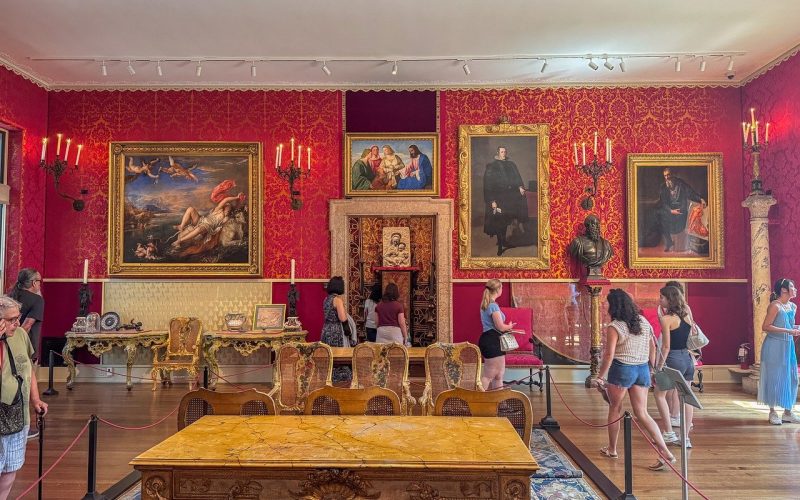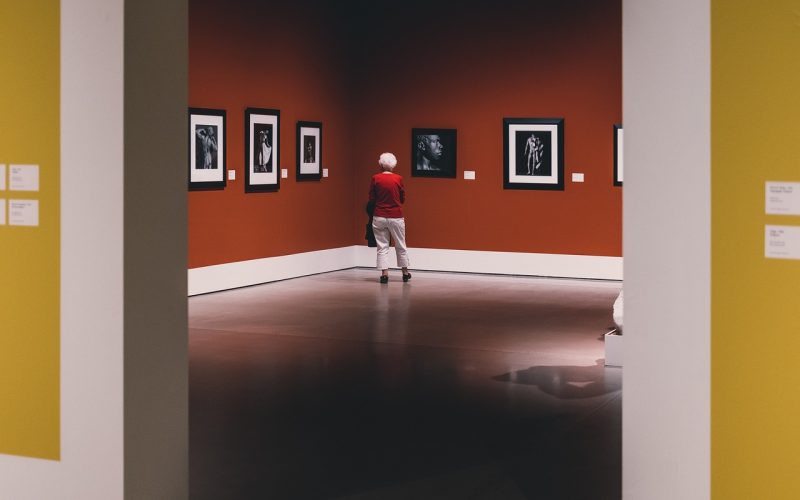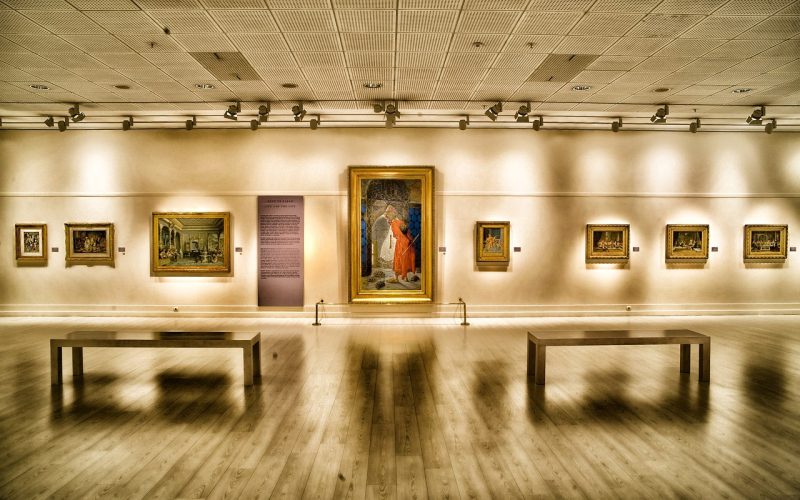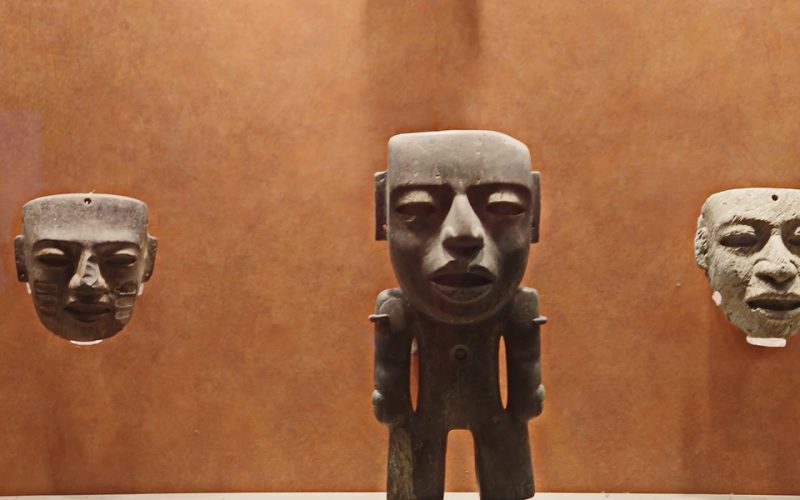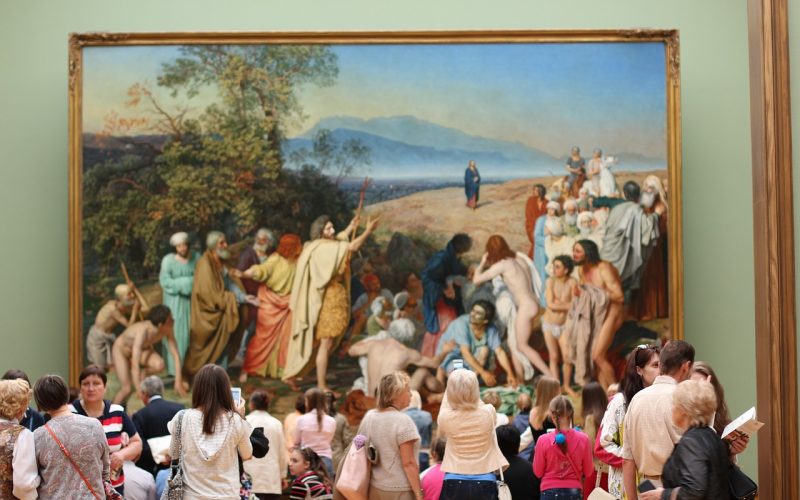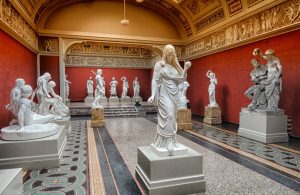What Makes An Art Piece a Cultural Phenomenon?
Art has the profound power to resonate across time and space, creating waves that ripple through societies, influencing thoughts, emotions, and cultures. While many artworks captivate audiences, only a select few rise to the status of a cultural phenomenon. These are the pieces that transcend their origins, becoming ingrained in the collective consciousness and influencing a plethora of social, political, and cultural domains. But what is it that elevates an art piece to such a significant status?
The role of innovation and originality
One of the most compelling attributes of any cultural phenomenon in art is its innovation and originality. Artworks that deviate from the norm, challenge prevailing aesthetics, or introduce new techniques tend to capture the public's imagination. For instance, Pablo Picasso's "Les Demoiselles d'Avignon" shook the foundations of traditional Western art with its abstract approach and revolutionary use of form, colour, and perspective. This unique presentation not only captured attention but also opened the doors for the Cubist movement, marking a pivotal point in art history. Thus, originality can propel an artwork into the realm of cultural phenomenon by inspiring change and dialogue.
Reflecting societal issues and values
Art becomes more than just a visual experience when it resonates with societal issues and values. Cultural phenomena often mirror the zeitgeist, reflecting the struggles, ideals, and aspirations of their time. Frida Kahlo's self-portraits, for instance, deeply engage with themes of identity, postcolonialism, gender, and class. Her work strikes a deep chord because it encapsulates the complexities of human experience, making it relevant across generations. When art taps into these universal themes or addresses pressing societal issues, it garners a level of engagement that can elevate it to a cultural phenomenon.
Provoking emotion and conversation
An art piece's ability to provoke profound emotion and conversation is another critical factor in becoming a cultural phenomenon. Art that evokes strong emotional responses—whether it be awe, discomfort, joy, or introspection—tends to linger in the viewer’s memory. For example, Edvard Munch's "The Scream" captures an intense expression of existential dread, resonating globally as a symbol of modern anxiety. This emotional connection compels individuals to discuss and share the art, expanding its reach and solidifying its status as a cultural touchstone.
Iconic imagery and symbolism
Iconic imagery and symbolism can transform a piece of art into a cultural phenomenon. Works like Leonardo da Vinci's "Mona Lisa" or Andy Warhol's "Campbell's Soup Cans" have become culturally pervasive due to their striking imagery and symbolic meanings. The "Mona Lisa," with her enigmatic smile, has inspired countless interpretations and remains a subject of intrigue centuries after its creation. Meanwhile, Warhol's work comments on consumer culture, using repetition to make a profound statement about contemporary life. Such iconic imagery allows artwork to resonate beyond its original context, embedding itself within popular culture.
Endorsement and dissemination
The endorsement by influential figures and the subsequent dissemination of an artwork play a significant role in its elevation to cultural phenomenon status. When art is championed by critics, scholars, or public figures, it gains legitimacy and visibility. Furthermore, the channels through which art is shared—museums, galleries, publications, and digital platforms—are crucial in reaching broader audiences. Banksy's street art, for example, benefits from both the artist's enigmatic identity and widespread digital sharing, amplifying its impact far beyond the walls it adorns. The ability of an artwork to spread and be talked about contributes significantly to its cultural significance.
The influence of cultural dynamics
Lastly, the cultural dynamics surrounding an artwork can shape its trajectory towards becoming a phenomenon. This includes the timing of its release, the cultural narratives of the time, and the artist’s background and story. For instance, Jean-Michel Basquiat's meteoric rise was intertwined with the 1980s art scene in New York, a period rich with cultural exchange and transformation. His art, with its raw and expressive style, spoke directly to the cultural and racial tensions of the time, elevating his work to iconic status.
An art piece becomes a cultural phenomenon through a confluence of factors, including innovation, societal resonance, emotional impact, iconic imagery, endorsement, and the prevailing cultural dynamics. These elements collectively empower an artwork to transcend its initial context and become an integral part of cultural dialogue, influencing and reflecting the society from which it emerges.
